OSRAM R7s LED bulbs
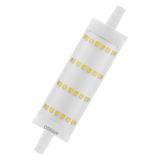
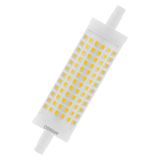

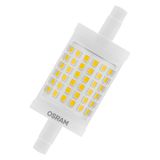
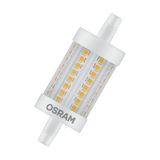

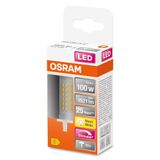
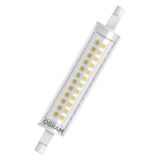
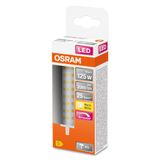









OSRAM R7s LED Bulbs – Retrofit LED for linear halogen fixtures
The R7s LED family from OSRAM covers tubular linear lamps that use the R7s double-ended base — typically 78 mm or 118 mm length. These are found in older floodlights, uplighters, picture lights, display cabinets, sconces and architectural fixtures. The LED versions reduce energy, heat and maintenance while retaining fit-and-form in the existing R7s holder. Keywords: osram r7s led bulbs, osram linear tube leds, osram retrofit r7s lighting, osram halogen replacement r7s.
OSRAM R7s LED – What the fixture engineer should know
Fit & form: The R7s base uses two end-contacts in a linear tube (78 mm or 118 mm typical) as found in halogen replacements.
Thermal and mechanical: Although LED versions produce less heat than halogen, they still require adequate clearance. The aluminium contacts, fixture fit and orientation need inspection.
Beam & distribution: Unlike spot lamps, many R7s LED lamps emit ~300° beam angle (see OSRAM datasheet) That means the luminaire design must accommodate full-span light (walls, ceilings) rather than narrow beam.
Electrical: LED versions are typically 220-240 V AC mains (not low-voltage) — example: 19 W / 220-240 V replacing 150 W halogen. Minimum load and driver compatibility must be verified.
Color & quality: CCT options like 2700 K (warm white) are available; CRI ≥80 typical. Example: R7s LED 15 W/2700 K has CRI ≥80.
Lifetime & maintenance: Typical rated 15,000 hours. Example: OSRAM R7s 12 W/100 W LED 15,000h.
Applications: Replace large halogen R7s lamps in architectural uplights, façade grazing, step lighting, display flood fixtures — where long life, low downtime and energy efficiency matter.
OSRAM R7s LED – Procurement Perspective & Practical Considerations
Why retrofit R7s halogen with LED?
- Energy savings: e.g., halogen 150 W → LED ~19 W (≈ 87% reduction).
- Lower heat in luminaire: Less cooling required, better lifespan of fixture/gasket.
- Maintenance reduction: 15,000 h lifetime vs many halogen replacements.
- Same lamp-holder base: avoids full fixture replacement; cost-effective for large estate.
Key checklist for buyers:
- Confirm length of existing lamp (78 mm or 118 mm) and that R7s fitting is compatible.
- Verify fixture clearance: LED tube may be slightly larger diameter; ensure cover glass/door closes.
- Check mains voltage (220-240 V) and that existing circuit runs are suitable for LED load.
- Confirm beam angle and light distribution still meet design intent (300° means wide spread).
- Choose CCT/CRI consistent across zones (e.g., 2700 K in hospitality, 3000-4000 K in retail).
- If dimming is required: check that the R7s LED variant supports dimming and that the existing dimmer is LED-compatible.
- Future spares: order in batch to keep chromaticity consistent; large estates benefit from one SKU across venues.
Common errors to avoid:
- Ordering 12 V R7s when fixture is 220 V mains (or vice-versa).
- Assuming “tube shape = same beam” — LED has wider beam; may flood undesired areas.
- Mixing colour temperatures in adjacent fixtures → visual mismatch.
- Installing LED version in a sealed fixture without verifying thermal path; some R7s fixtures built for hot halogen lamps may overheat or reduce lifespan when sealed.
- Ignoring old transformer/resistor circuits intended for halogen tubes; LED may not behave well if gear is inappropriate.